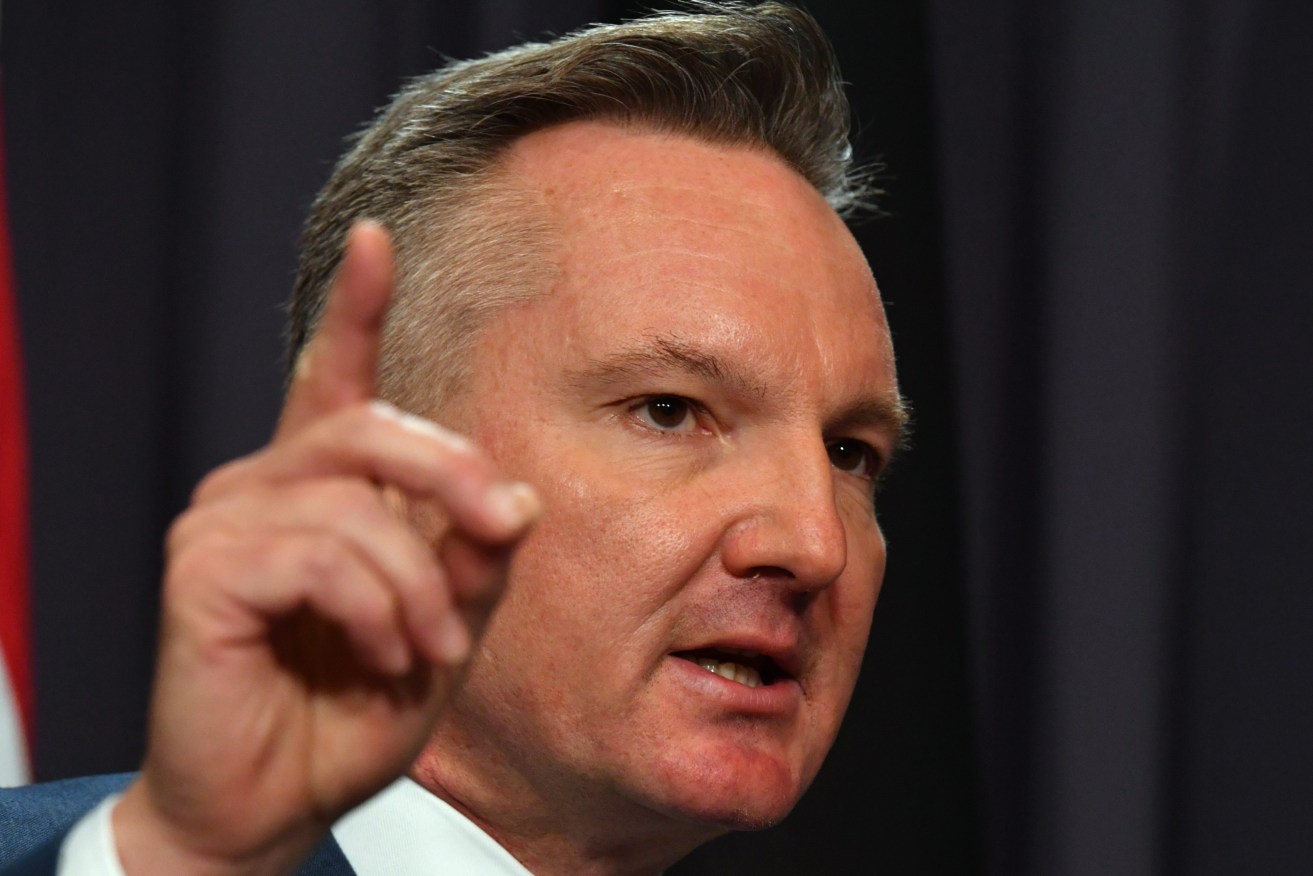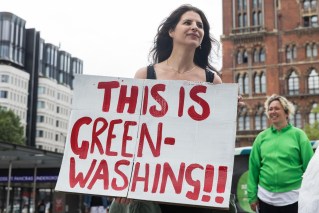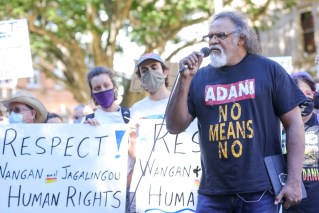Revealed: The $21 billion blueprint for cleaner emissions
Australia’s dirtiest industries can transition to net zero and create more than one million jobs if polluters, government and investors work together.

Minister for Climate Change and Energy Chris Bowen. (AAP Image/Mick Tsikas)
But it’s going to cost roughly $20.8 billion per year and require action that goes beyond current policy if Australia is to help limit global warming to 1.5 degrees, according to a report released on Monday.
Industry and government need to spend around two thirds of this investment on Australia’s energy system and one third on electrification of the most heavily polluting operations, energy efficiency and new technology.
The report will be released hours after steelmaker BlueScope posted a drop in first-half net profit and warned of a “material impact” from proposed emissions rules for firms with big industrial facilities.
The high emissions supply chains identified in report are iron and steel, aluminium, other metals, chemicals, and liquefied natural gas – representing around 25 per cent of Australia’s industrial emissions and employing nearly half a million people.
But over 1.3 million jobs could be created between 2025 and 2050 with coordinated investment by government, industry and investors, according to the industry decarbonisation pathways report.
Among the recommendations are integrated net-zero emissions industrial regions, cleaner supply chains and new energy networks.
“Achieving these pathways needs at least a doubling of total current electricity generation by 2050, but this is possible through multi-gigawatt renewable generation developments,” CSIRO’s chief energy economist Paul Graham said.
The report prepared by independent organisation Climateworks and CSIRO follows three years of collaboration with some of the nation’s biggest companies as part of the Australian Industry Energy Transitions Initiative.
The Initiative’s chair, Monash University Chancellor Simon McKeon, said industry greenhouse gas emissions could be reduced by up to 92 per cent by 2050, with high-quality and verifiable offsets for the last slice of hard-to-abate emissions.
“This is a moment of opportunity to align and focus efforts to create a globally competitive, equitable, net zero emissions industrial economy in Australia,” McKeon said.
“Action is needed now to lay the foundations, capitalise on the opportunities, and avoid more costly emissions reduction measures in the future.”
Climate Change and Energy Minister Chris Bowen will formally launch the industry report on Monday with Lord Adair Turner, who has been an advisor to the project through the UK-based Energy Transitions Commission.
BlueScope on Monday reported a more than $1 billion fall in first-half net profit as economic conditions depress steel prices.
The company posted a first-half net profit after tax of $599 million, a $1.045 billion decrease on a year earlier.
Shares in BlueScope tumbled 10.7 per cent, or $2.13, to $17.69 in morning trade.
CEO Mark Vassella said underlying earnings before interest and taxes (EBIT), an indicator of profitability, was robust at $851 million in the context of softening macroeconomic conditions compared to the previous financial year.
“This result demonstrates the resilience of our diversified business model, as the strength in many of our downstream businesses and operations partly offset the impact of steel spreads softening from record levels,” he said.
BlueScope said it continued to progress a range of decarbonisation initiatives, including new steelmaking technologies, but warned against proposed changes to federal emissions safeguard laws.
“The proposed reforms, if enacted in their current form, may have a material impact on businesses with large industrial facilities, including the Australian Steel Products business,” BlueScope said.
The company said it was engaging with the federal government on the proposed settings.
The final safeguard reforms are due to take effect on July 1, if passed by parliament.
“Until that time, it is too early to state, with any certainty, the potential implications of such reforms on Australian Steel Products and the feasibility study of the No.6 blast furnace reline and upgrade,” BlueScope said.
Meanwhile, key crossbench Senator David Pocock is continuing consultations on the government’s proposed changes to the safeguard mechanism.
Pocock will hold two roundtables on Monday as he continues to negotiate with the government on passing three key pieces of legislation.
The government needs the support of the Greens and two other crossbenchers to pass the mechanism, its housing fund and its manufacturing fund.
The Greens have made their support conditional on a ban on any new coal and gas projects.
-AAP












